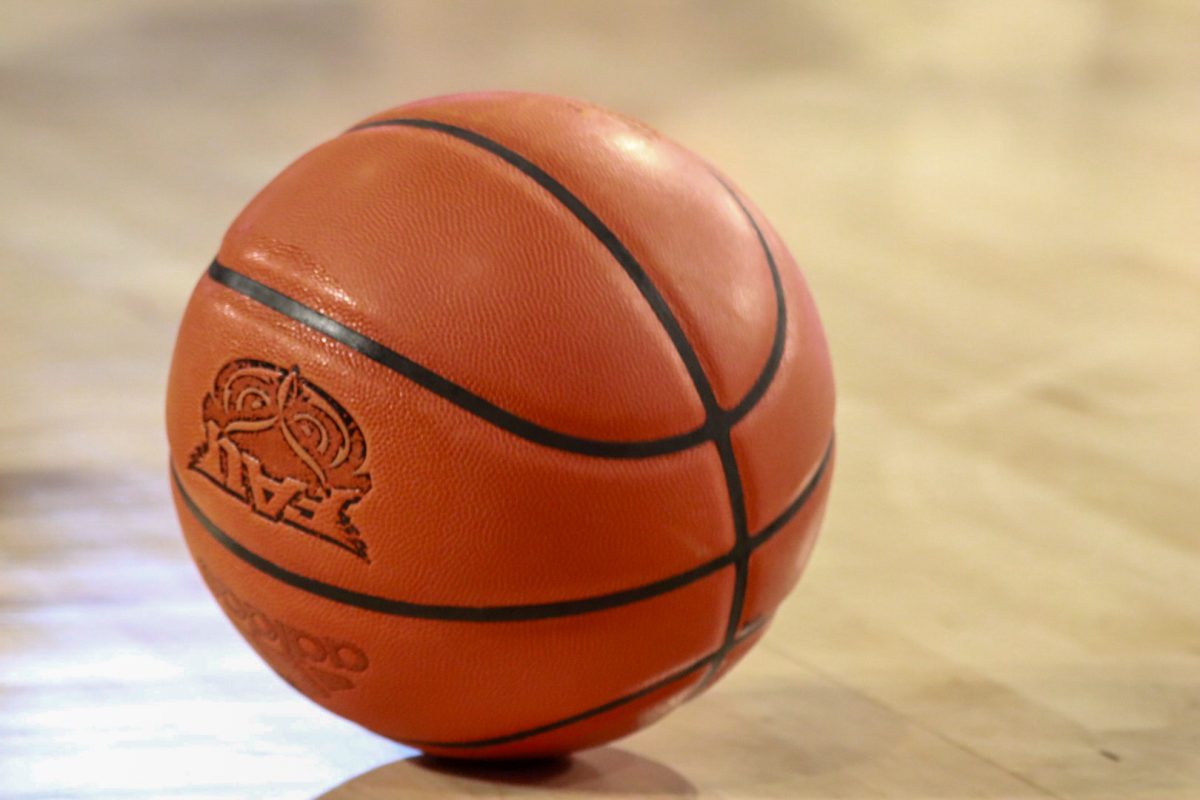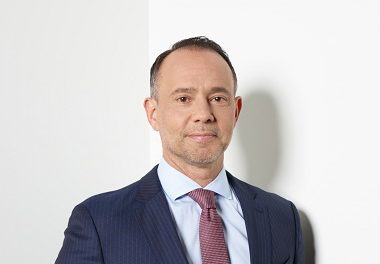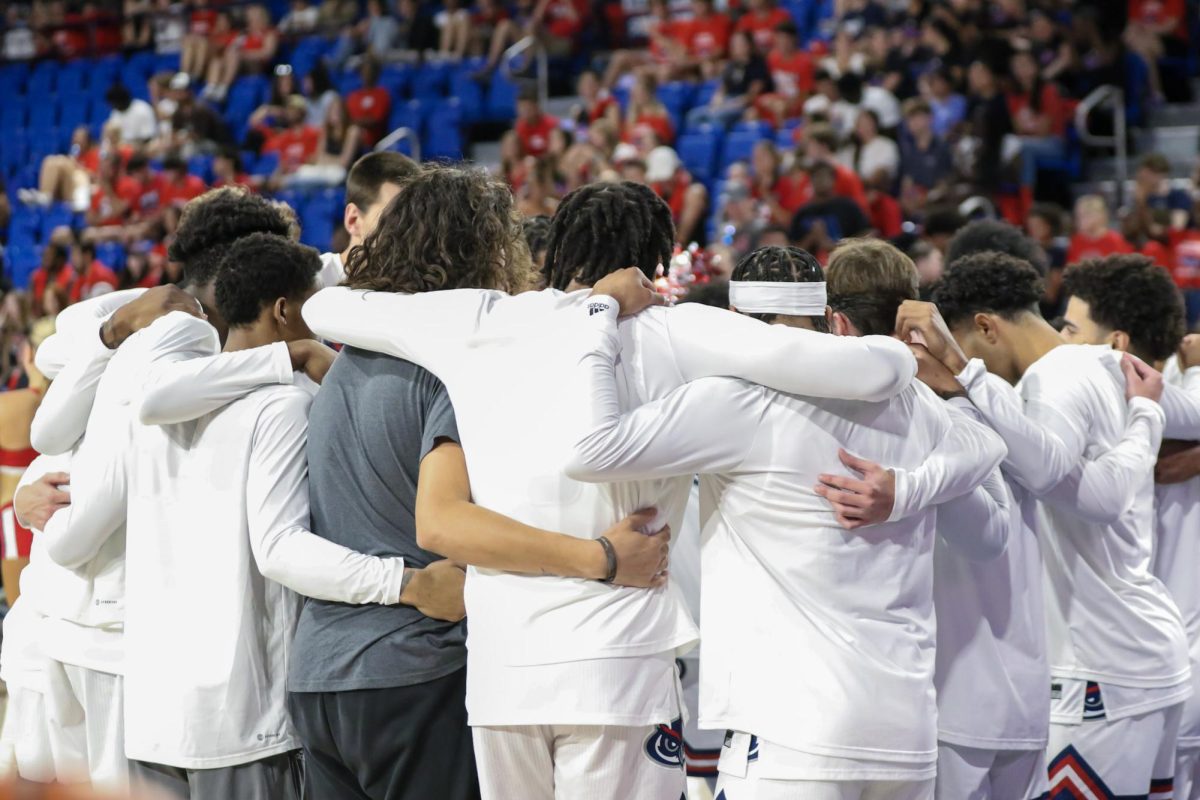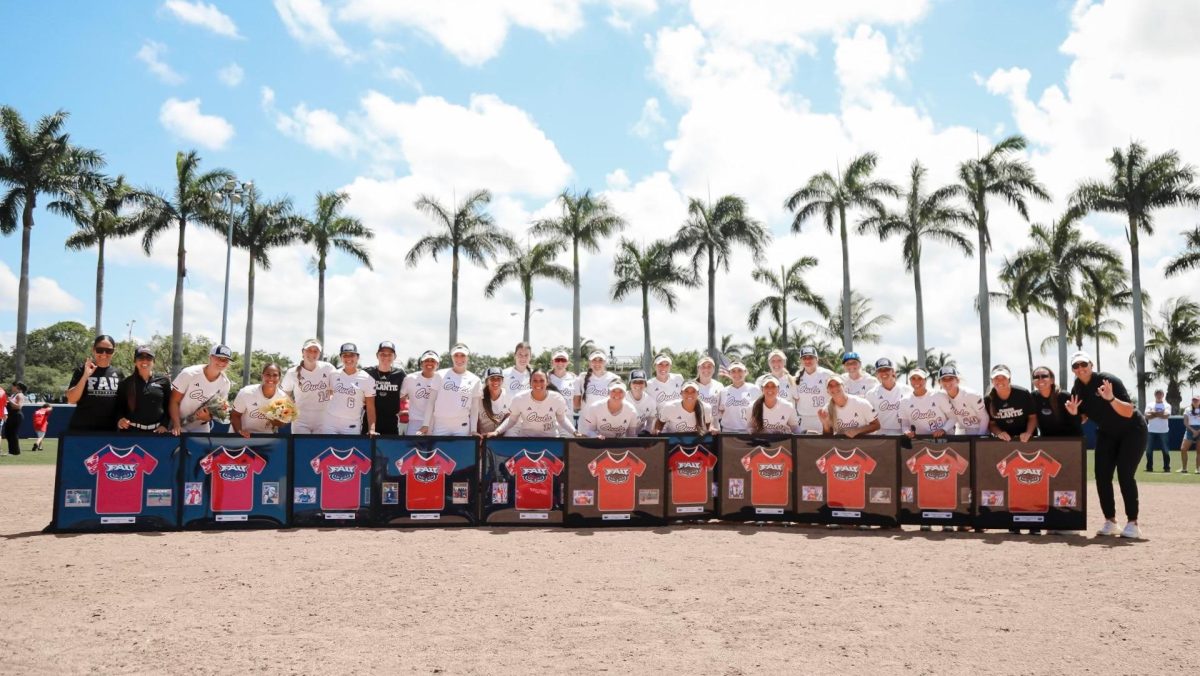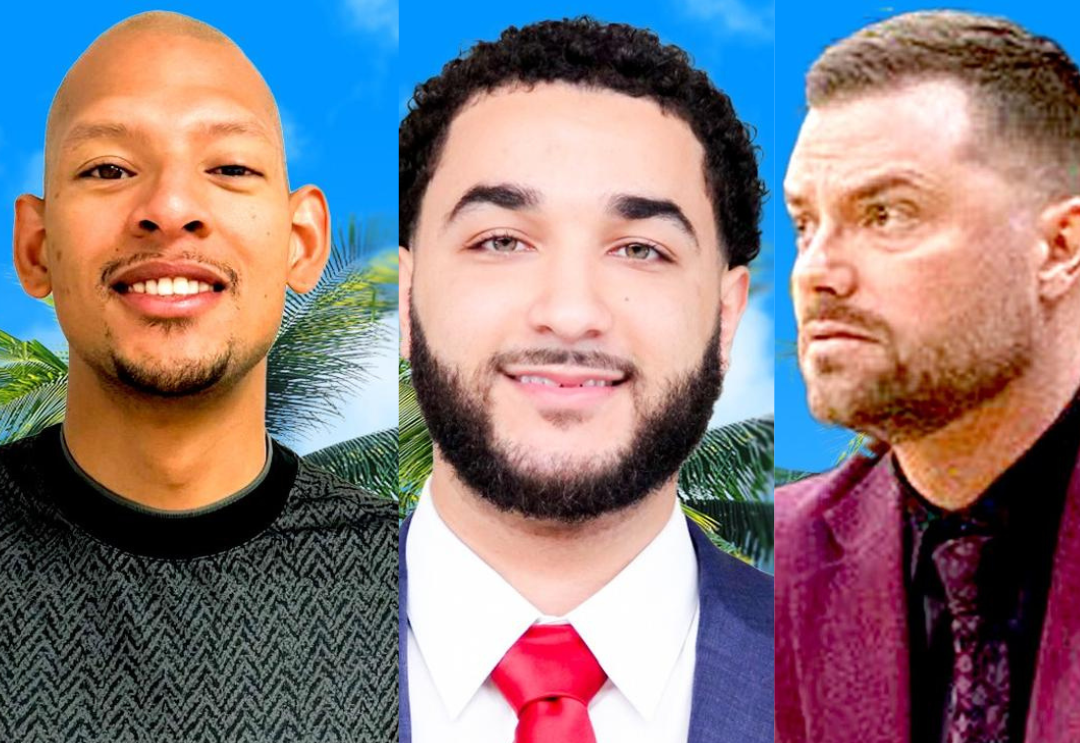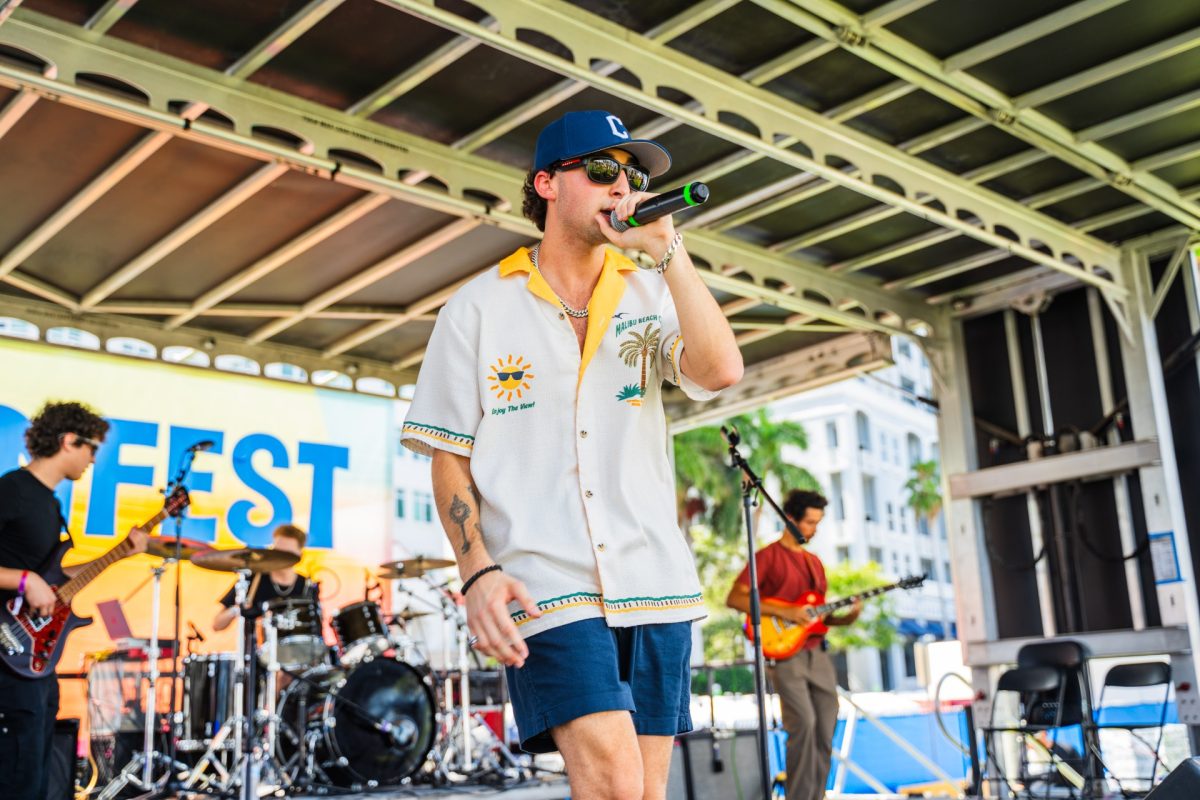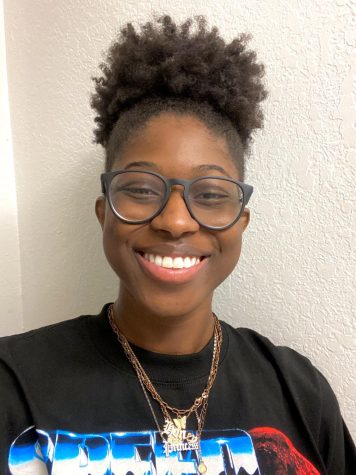On Feb. 5, the National Labor Relations Board (NLRB) ruled that Dartmouth College’s men’s basketball team, the Big Green, could unionize.
The National Labor Relations Act, which constructed the NLRB, only goes towards private institutions and not public. Florida Atlantic is a public university, whereas Northwestern, Dartmouth, and USC are all private institutions.
Dan Cornely, professor of sports management at Florida Atlantic University’s College of Business, explained that this court case is a precedent for the entire college sports world: whatever the ruling is, that’s how other schools will react.
“This has the potential to take away amateurism in college sports,” stated Cornely in an email on Friday.
From a tweet by legal expert Michael McCann on Feb. 27, McCann said, “But if conferences and the NCAA (both of which are private entities) are deemed joint employers under NLRA, then potentially all NCAA college athletes–including those at public universities–become employees.”
“If they rule that–if the conferences and the NCAA at large are kind of joint employers of the athletes, then it can have a lot broader implications because it can open up public school athletes to unionization as well because they could just bargain with their private employers, being their conferences and the NCAA,” stated Sam Ehrlich, an assistant professor of legal studies at Boise State University.
Possible Impacts on NIL
According to both Ehlrich and sports attorney and consultant on athletes’ rights Tammi Gaw, the Dartmouth court decision might depend on how unionization will impact NIL in the future. Ehlrich believes that NIL and the transfer portal might change because of the collective bargaining agreements.
Gaw believes that NIL won’t change because it is already happening, but that the contracts are between a third party, whereas collective bargaining is between the athletes and the university for them to be considered employees.
NIL is a “proxy” because athletes are getting paid now, but the college athletes that are getting paid are usually the big-name star athletes or the ones with a large social media following and presence.
“What NIL kinda represents today is a proxy because schools aren’t allowed to pay their athletes as employees,” says Michael Hsu, former University of Minnesota regent and co-founder of the College Basketball Players Association. “So, NIL would probably take a hit in that–because right now, everyone is trying to use NIL as an inducement. That’s what the NCAA is fighting about. So, all of the things about NIL that everyone thinks are bad will probably go away because only the top athletes will make money through NIL, but everyone will make money as employees.”
Benefits to Unionization
Gaw explains that for any college athletes to unionize, especially ones at public universities like Florida Atlantic, they should work with joint employers like the NCAA and their conference (which are both private) to file for unionization. Another key component is for college athletes who want to unionize to associate themselves with already established unions, like the Steel Workers Union.
According to Hsu, the NCAA is trying to lobby Congress to make the term “student-athletes” a federal law so they aren’t liable for injuries and such by the athletes.
“That whole thing, the term student-athlete, was created in the 1950s to avoid liability associated with employment,” stated Hsu.
Hsu mentioned that one of the main reasons he created the CBPA is because it’s easier for college athletes to unionize as a basketball team since there are 15 players compared to a football team with 55 players. College athletes could demand the money rolling in college sports. According to PlayToday, from broadcast deals, ticket sales, and such, college sports generate about $1 billion dollars.
“It’s just going to give them more power to protect themselves and to make some of the money that is flying around college sports right now,” Hsu says.
Prior to their inaugural season in the American Athletic Conference, Florida Atlantic’s total revenue was about $39 million, 83rd in the nation, per USA Today.
“In a union, workers can demand equal pay and improvements in working conditions. They could demand a share of revenue in broadcast rights just like the conferences and their teams”, stated Ehrlich.
“A lot of athletes now, the hours they spend are pretty much like a full-time job, so it allows them to be compensated for that [working conditions],” stated Cornely.
Per a 2015 article by the College Aftermath, the NCAA has limitations on hours for college athletes to spend on their sports, but “training, competition, and travel often exceed these limits.” Division 1 football players and men’s basketball players spend an average of 42 and 39 hours a week on their sport, respectively.
Gaw emphasizes that it is important for the public to care about college athletes being able to unionize, just like why the public should care about workers’ rights, and unionizing is more than just money but safety and expressing their individual rights.
“I think that the reason people should care is the reason that people should always care when workers rights are recognized because that precedent matters and if the largest group of publicly unpaid labor, outside of the U.S. prison system, is given leverage to negotiate for their right, their safety, and their well-being, that means something,” Gaw said.
Gaw, Ehrlich, and Hsu all agree that college athletes should bargain for health and safety, working conditions, and educational protections at least.
The NCAA’s Health and Safety guidelines are very limited, Ehrlich said, connecting the unionization for college athletes to COVID.
“In fact, you can trace a lot of the kind of most recent push for college athletes unionization to COVID, where we had the pushback from a lot of players in the Pac-12 conference and the Big 10 Conference about starting to play again in the fall of 2020,” Ehrlich stated.
Schools with established unions could also be a big recruiting help, Gaw believes.
“So, the health & safety, education, welfare protection: those are what public or private schools should want to–should be paying attention to because even if it’s not collectively bargained for immediately at a public institution, that becomes a recruiting help,” Gaw said. “Like if you know that someone is going to take care of your health and safety, that means something.”
In any case, it depends on the outcome of the Dartmouth vote. The Dartmouth men’s basketball team will vote on forming a union on March 5 in Hanover, N.H.
Maddox Greenberg is a staff writer at the University Press. For more information regarding this or other stories, email him at [email protected] or DM him through Instagram @maddoxblade04 or X @MaddoxGreenberg.






